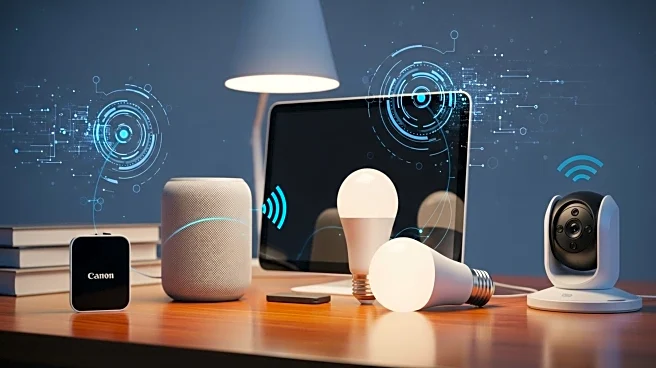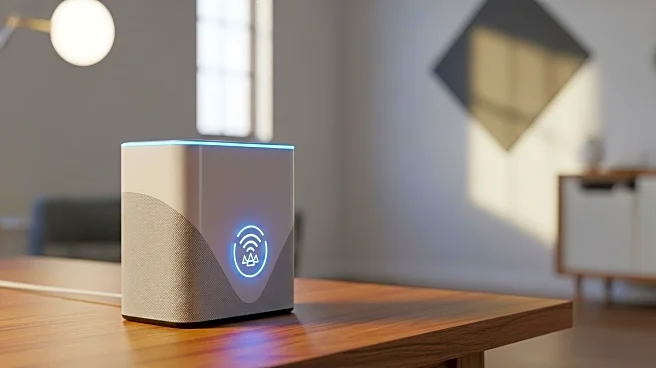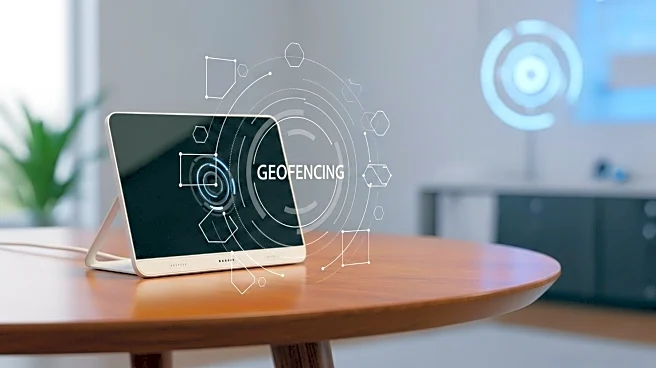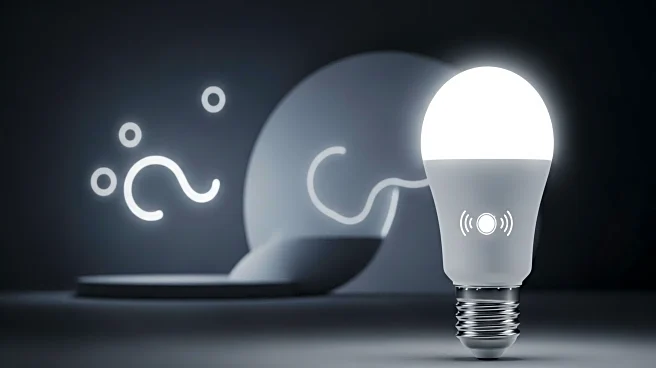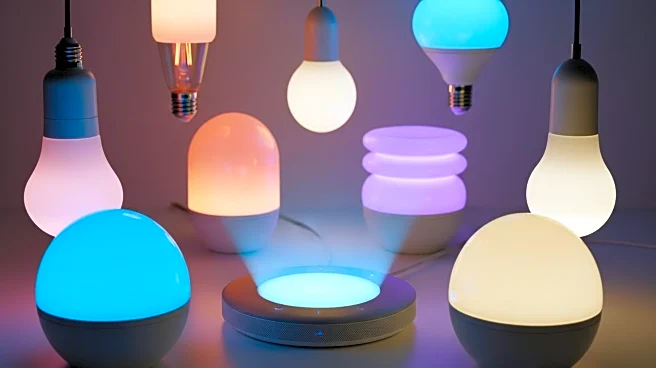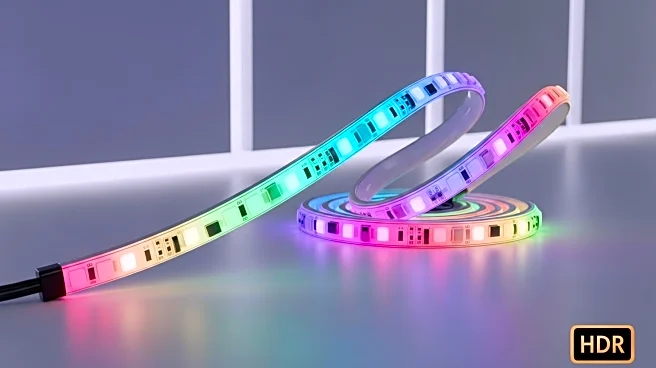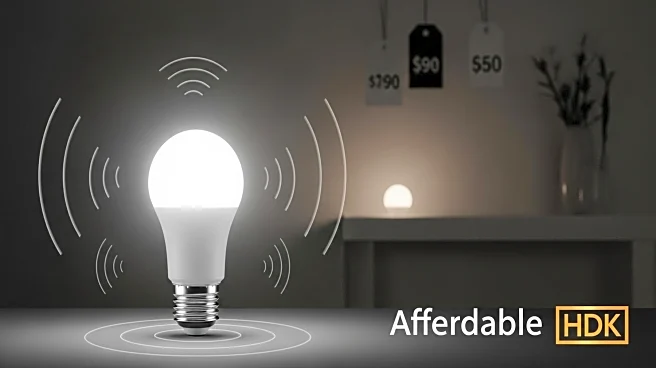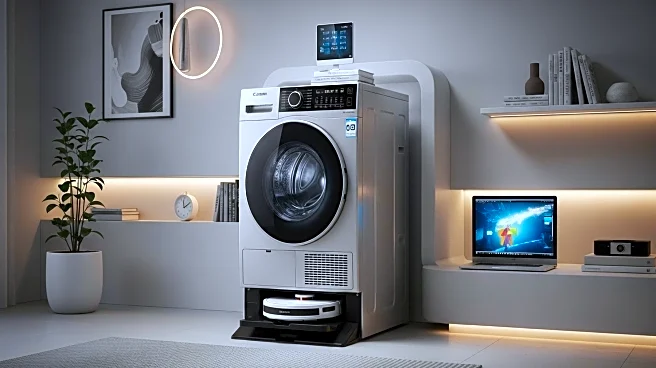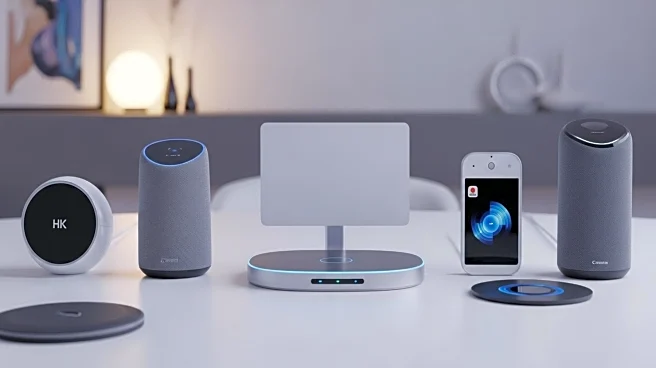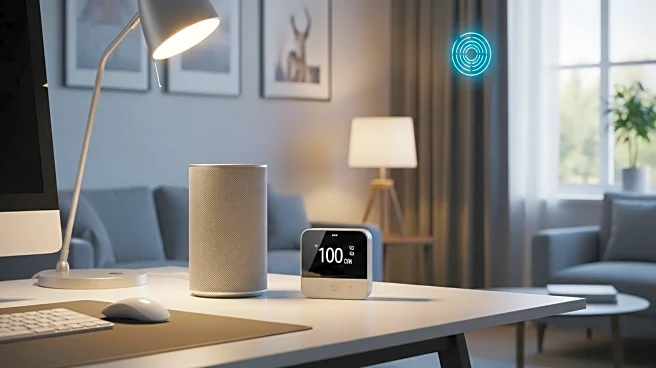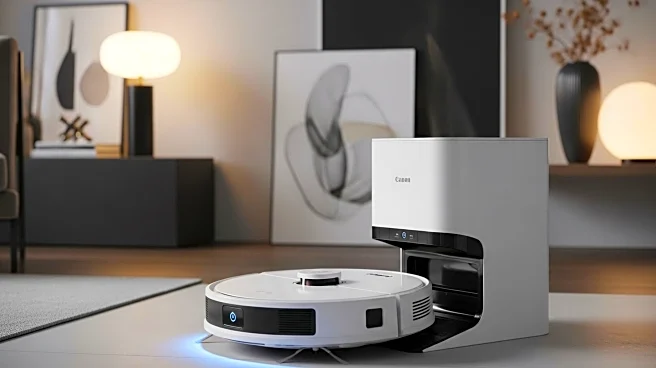What's Happening?
Smart home devices are becoming increasingly popular, but users often encounter issues with connectivity and functionality. Common problems include connection failures, firmware update requirements, and app-device synchronization issues. Solutions such as rebooting devices, updating firmware, and using Wi-Fi extenders are recommended to improve device performance. Additionally, smart home apps may need to 'forget' devices to resolve persistent issues, and users should be aware of subscription-based features that may limit device capabilities.
Why It's Important?
The growing reliance on smart home technology underscores the need for effective troubleshooting methods to ensure seamless operation. As more households integrate smart devices, understanding how to address common issues can enhance user experience and prevent frustration. This is crucial for maintaining consumer trust and satisfaction in the smart home industry, which is rapidly expanding. Effective troubleshooting can also prevent unnecessary expenses on technical support or replacement devices.
What's Next?
As smart home technology continues to evolve, manufacturers may focus on improving device compatibility and user interfaces to minimize common issues. Future developments could include more intuitive apps and automated troubleshooting features. Additionally, the expansion of the Matter standard may enhance interoperability among devices, reducing compatibility issues. Consumers can expect more robust support systems and resources to assist with device management.
